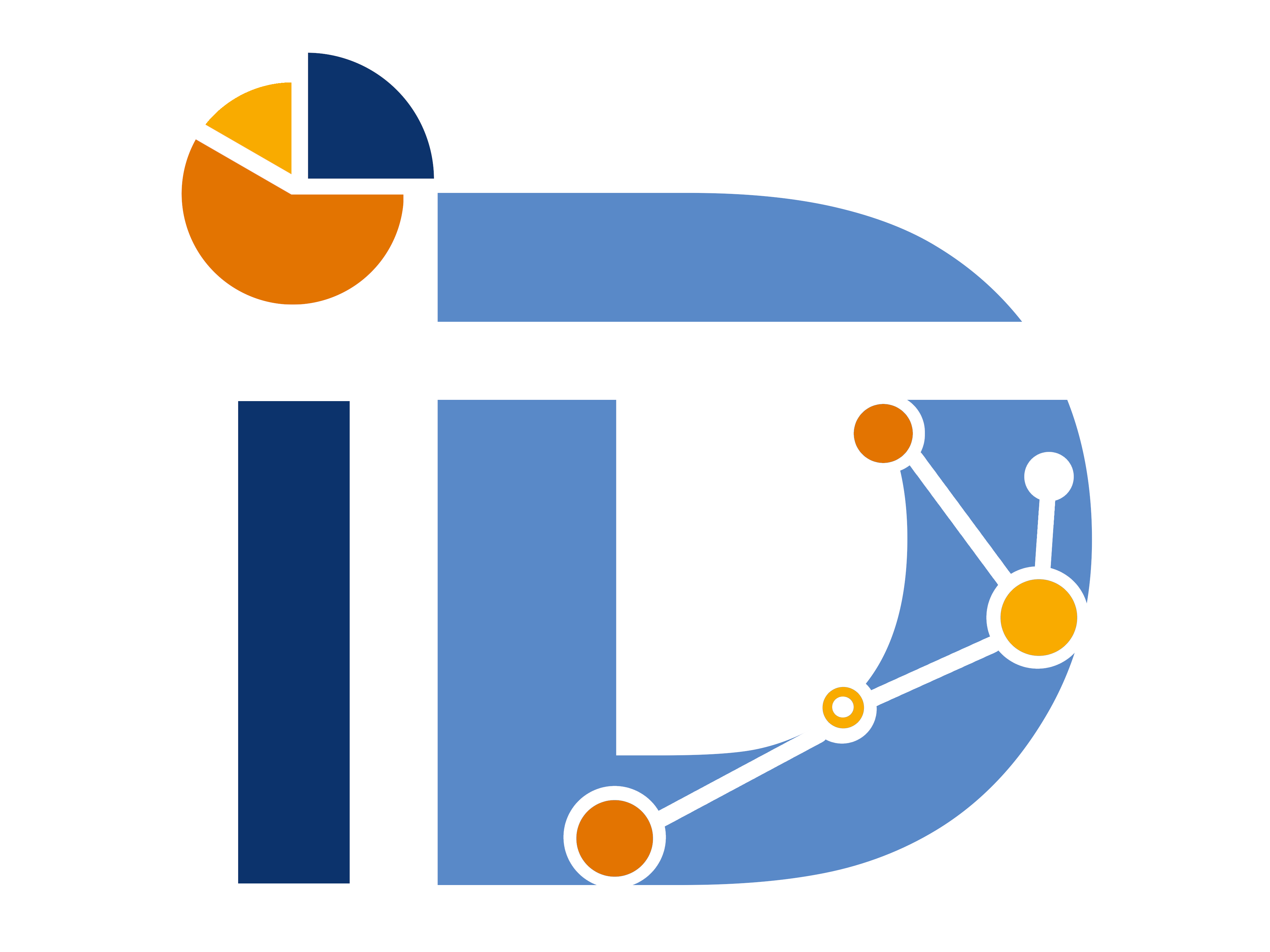-
Understand Relational databases and how data is structured in a Relational Database Management System.
-
Understand the concept of Primary and foreign keys.
-
Use CREATE Statements to create tables using SQL.
-
Insert, Update, and Delete data from a database using SQL.
-
Use Filters to extract data that matches specific criteria using SQL.
-
Manipulate data using various operators.
-
Summarise data using SQL.
-
Sort and Group data using SQL.
-
Retrieve and Merge data from multiple tables.
-
Use Common Table Expressions (CTE) to create temporary result sets to use for another query.
